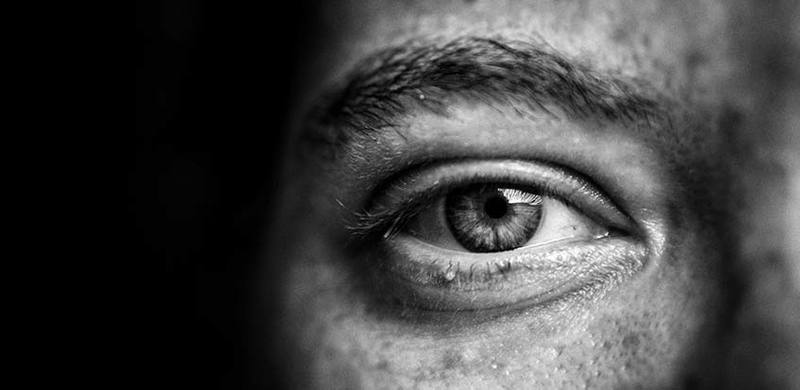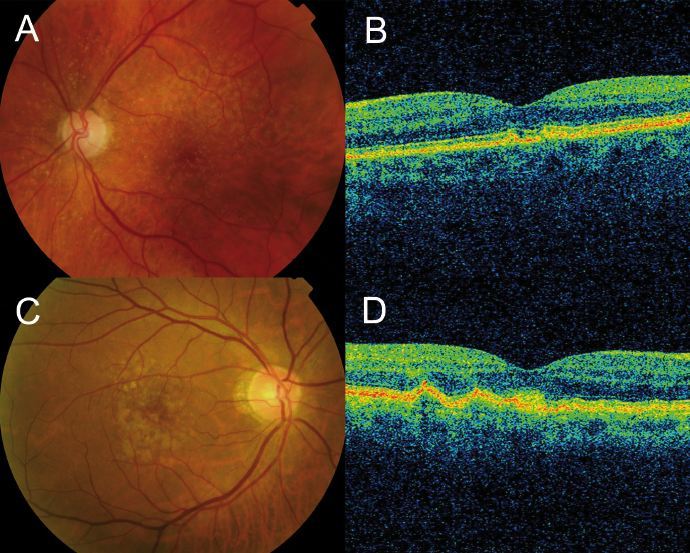
February is Age-Related Macular Degeneration (AMD or ARMD) and Low Vision Awareness Month. AMD is the leading cause of vision loss in the United States, affecting more Americans that those affected by glaucoma and cataracts. There is currently no treatment for AMD, but there is more and more research being done to find ways to treat and prevent this progressive condition that predominately affects people’s central vision.
The most common risk factors for AMD are:
- Age: AMD increases with age, greatest risk being over 65 years of age
- Gender: females are more affected than males (this could be due to women living longer than men
- Ethnicity: Caucasians are more likely to experience AMD than darker pigmented individuals
- Genetics: Family history of AMD increases likelihood of AMD development
- Personal eye health history: AMD in one eye already and people who are far-sighted tend to be more prone to AMD
As indicated by its name, macular degeneration is a progressive condition that affects the macula, the part of the retina on the inside of the eye that allows us to see clearly and sharply directly in front of us. Progression is often slow and subtle enough that people don’t notice changes in their vision in AMD’s early stages, particularly when cataracts have not been removed. There are two forms of AMD: wet and dry. Dry AMD is by far the most common (approximately 85% of cases) and is evidenced by debris called drusen building up in the macula. The drusen formation essentially causes the macula to thin over time, causing blur and distortion of the vision. Dry AMD tends to develop slowly compared to Wet AMD. Wet AMD has similar symptoms to dry, but also has abnormal blood vessel formation under the macula and surrounding retina. These blood vessels are not high-quality and can rupture, causing bleeds inside the eye. Wet AMD is considered much more severe and has a greater impact on vision than Dry AMD, although both can be devastating.
Because AMD mostly affects central vision, it can cause a lot of problems with people’s activities of daily living such as:
- Driving
- Personal care (dressing, manicure, facial grooming, etc.)
- Cooking
- Reading
In addition to the risk factors noted above, several lifestyle items can affect AMD development as well.
- Smoking (constricts blood vessels, causing reduced oxygen levels in the eye, and prevents antioxidant absorption that protects the retina from UV light)
- High blood pressure
- Sunlight & UV ray exposure
- Maintaining a healthy diet (rich in antioxidants and omegas) & exercise contributes to better eye health.
If you or someone you love has AMD, check out the Prevent Blindness organization information here. Here in Omaha, we also have an amazing resource in the Weigel Williamson Center through UNMC, complete with a house that is optimized for individuals with low vision, support groups, and assistance with selecting, fitting and obtaining low vision devices. Low vision devices are resources to help maximize a person’s usable vision, and can be in the forms of magnifiers, closed circuit televisions, white cane training, bioptic lenses, prism utilization, and many more.
"An Ounce of Prevention"
It is sometimes said that "an ounce of prevention is worth a pound of cure." Having regular comprehensive eye exams is one way to monitor for subtle changes that can indicate AMD development. In addition to offering retinal screening photos, Dr. Reed offers a screening OCT (Optical Coherence Tomography) of the optic nerve and macula to catch subclinical changes to the macula as early as possible. If you’re interested in this technology and want to schedule an exam, call us or schedule directly online.

